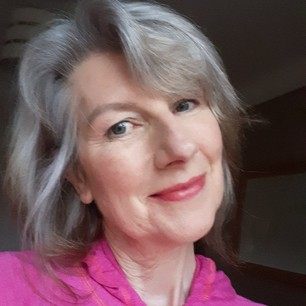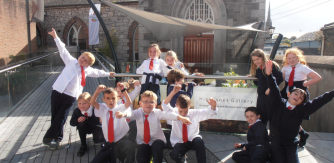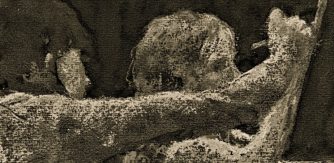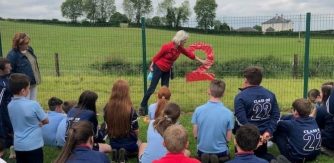Blog 3 – Vera McGrath, Visual Artist, Researcher & Former Primary Teacher

Image credit: Vera McGrath, "SENIOR Infant"

Vera McGrath is a visual artist, freelance researcher and former primary teacher. Living in Co Monaghan, she has been involved with Teacher Artist Partnership (TAP) since its inception in 2014. She is also a member of the Irish I-TAP, (International Teacher Artist Partnership) lead team, an Erasmus+ funded TAP initiative currently being developed by Ireland and 3 other jurisdictions. She holds a MAVA degree (Masters in Visual Arts Education) from NCAD. She has just finished a BLAST programme as the artist in residence in a school in Castleblaney, Co Monaghan.
In the forthcoming blogs, she elucidates on some of the many insights she has gleaned in her time as a TAP team member, how she found the courage to voice her desire to transition from teacher to artist within its framework and what she’s learned from holding firmly to her many identities and persevering. Vera owes a debt of gratitude to the TAP initiative for facilitating her transition.
This blog series is dedicated to two inspirational figures in the field of Arts in Education in Ireland: Caitríona Ní Chullota for her example, her support and for recognising that Vera had a valid voice in TAP and Gary Granville for quietly endorsing Vera’s right to write on Arts in Education matters. Míle Buíochas.
It’s the AiE Regional Portal Day. I’m in Kildare. The theme of the morning’s discussion; ‘The Voice of the Child’. Serendipitous! I’ve being reflecting on voices recently, both in my arts practice and in my role as an art facilitator.
Prior to my studies at NCAD and my engagement in TAP, I practiced art on a superficial level, drawing my world without mining it. I ended up profoundly disillusioned. It was only when I began to dig deeper in an attempt to map my inner narrative that I began to hear my own voices, not least those of the child and adolescent I was, and effectively, still am. At times, these were difficult voices to attend to; a cacophonous chorus whose ignored realities generated high-tides of anxiety, shame and grief. I’m no swimmer but swimming through them was the only way to calmer waters. So, I dived; art practice as my life-jacket.
This has been game-changing, transforming both my work and my facilitation of artists, teachers and children. In reengaging with my buried voices, I’m hearing more clearly the voices those I work alongside. I’ve learned that being in authentic communication with my inner child has expanded the register and sensitivity of my communication with others, alerted me to nuances my adult sensibility might not otherwise detect and enabled me to respond from a place of recognition, understanding and empathy. It has also rekindled my spirit of spontaneity, playfulness and fun; characteristic of both childhood and creativity.
I believe we can only truly hear the voices of others when we have embraced our own. So, in discussing the importance of the voice of the child, let’s expand that concept to consider the child’s voice in the hearts of the adults who work with them. We all need to remember and own what it was like to be that child. For while listening to a child’s voice is an act of attendance and hearing it is an act of acknowledgement, identifying with it is an act of acceptance and validation. And this is the first meaningful step towards giving the child the appropriate agency and support to express the truths of their experiences and engage confidently with their imaginations.
Published
27/9/2022


